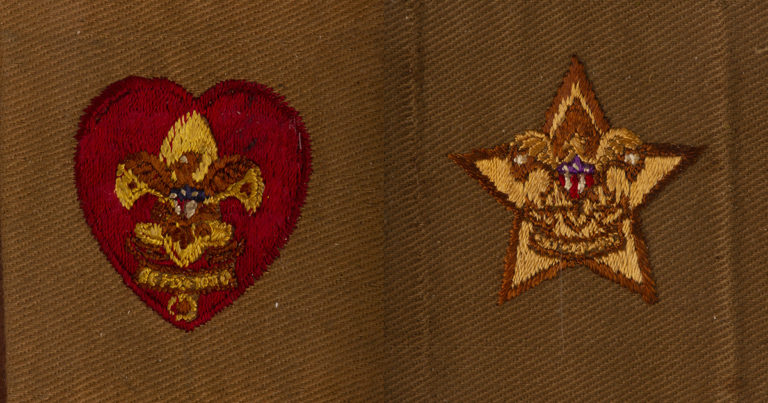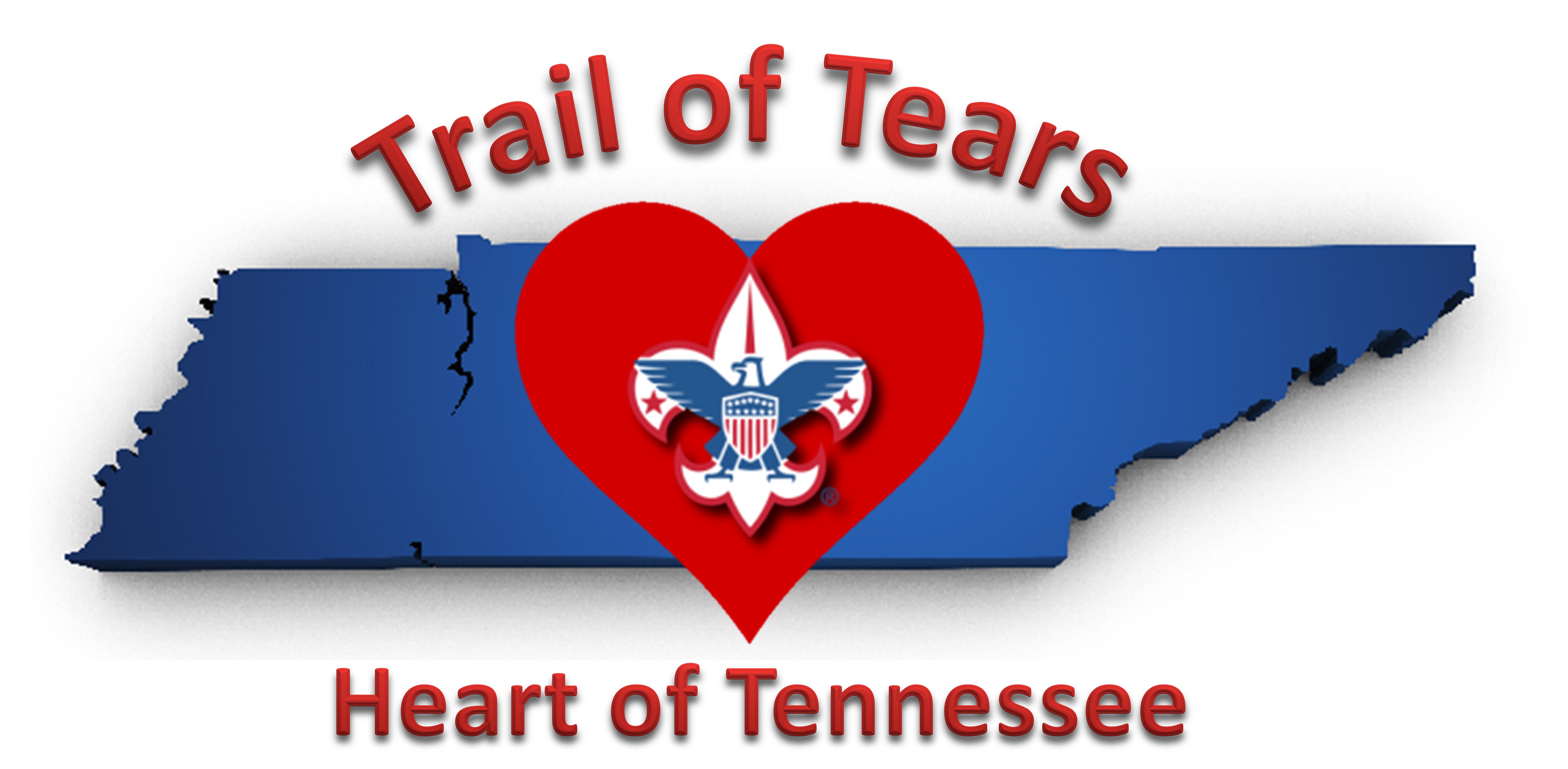
From the BSA’s founding in 1910 until late 1914, the Eagle Scout Award had just two requirements:
- Earn the First Class rank
- Earn 21 merit badges from a list of 57
That’s it; that’s the list. No set of required merit badges. No positions of responsibility. And no Eagle Scout service project.
Prospective Eagle Scouts didn’t need to earn Star or Life, either. Back then, Star and Life weren’t ranks but separate awards earned independently from the Eagle Scout award.
In an odd twist, eight of the first nine Eagle Scouts earned neither Star nor Life recognition. That includes Arthur Eldred, who in 1912 became the first ever Eagle Scout.
Today, those who want to become Eagle Scouts must progress through each rank in order: Scout, Tenderfoot, Second Class, First Class, Star and Life.
But things were quite different in the BSA’s infancy. Join me on this little trip back in time.

Life before Star
In the beginning, Life was earned before Star. (Today, the opposite is true.)
First Class Boy Scouts could earn the Life Scout badge by earning these five merit badges: First Aid, Athletics, Lifesaving, Personal Health and Public Health. Notice a common theme? The heart on the Life Scout badge symbolized the health aspect that united all five.
After earning the Life Scout badge, a boy could receive the Star Scout badge by earning another five merit badges of his choosing.
So how did those early Eagle Scouts earn Boy Scouting’s highest honor without earning Life or Star? It’s simple. If the 21 merit badges they chose didn’t include all five from the Life list, they weren’t eligible to earn either of these awards.
The order of Life before Star remained until the mid-1920s.
After the two badges switched places, Star went to a First Class Boy Scout who earned any five merit badges. Life was for a First Class Scout who earned any five merit badges — plus these five: First Aid, Physical Development or Athletics, Personal Health, Public Health, and Lifesaving or Pioneering.

The debut of required merit badges
On Oct. 1, 1914, the BSA changed its Eagle Scout requirements for the first time.
Instead of asking Boy Scouts to earn any 21 merit badges they wished, Eagle Scout hopefuls had to earn 11 from a required list, plus 10 of their choosing.
The 11 required merit badges were:
- Athletics
- Bird Study
- Camping
- Cooking
- First Aid
- Lifesaving
- Pathfinding
- Personal Health
- Physical Development
- Pioneering
- Public Health
Notice that this list of 11 includes all the badges required for the Life Scout badge. That means that a young man who earned the Eagle Scout award also earned Life.

Like Scouting history? You’ll love the Scouting app.
I learned the facts above by digging through the archives of Scouting magazine. You can do that, too, through our app.
For just $4.99 per year (not per month), you get access to the complete Scouting archives — from the first issue in 1913 to the latest issue fresh off the presses.
Just search “Scouting magazine” on the App Store, Google Play or Amazon Kindle store.
Attend the the first National Scouting Historian Summit
The first ever National Scouting Historian Summit, a joint program sponsored by the Order of the Arrow and the National Scouting Museum, will be held at Philmont Scout Ranch from June 9 to 15, 2019. Participants will be immersed in the rules, tools and strategies for capturing and preserving Scouting’s rich heritage, while focusing on how to create a robust local history program.
Whether you are a beginner or expert, collector or academic, the program will surely help you do a better job of discovering, assembling and telling the Scouting story.
Learn more here.
Powered by WPeMatico
